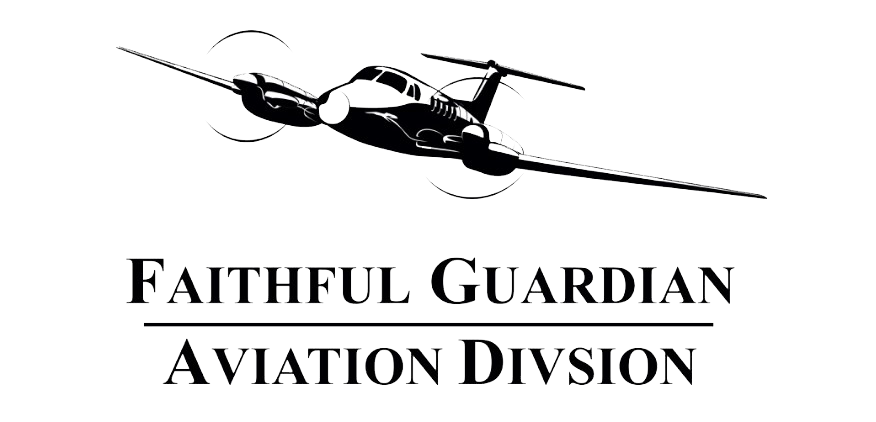Lesson 3.4 Airport Traffic Patterns
1. If you are approaching an airport without an operating control tower,
a. Left turns are standard, unless otherwise specified.
b. You must comply with any FAA traffic pattern for that airport when departing.
2. The recommended entry to an airport traffic pattern is 45° to the downwind leg, at the approximate midpoint, at traffic pattern altitude (1,000 ft. AGL).
3. Remember, you land
a. In the same direction as the tip of the tetrahedron is pointing,
b. As if you were flying out of the large (open) end of the wind cone, or
c. Toward the cross-bar end of a wind “T” (visualize the “T” as an airplane with no nose, with the top of the “T” being the wings).
4. If there is no segmented circle installed at the airport, traffic pattern indicators may be installed on or near the end of the runway.
5. The segmented circle system provides traffic pattern information at airports without operating control towers. It consists of the
a. Segmented circle – located in a position affording maximum visibility to pilots in the air and on the ground, it provides a centralized point for the other elements of the system
6. Landing strip indicators – L shaped symbols that look like legs sticking out of the segmented circle. They are always in pairs, with each pair representing one runway. For each pair, the Ls are directly opposite each other.
a. For each opposing pair of Ls, the long leg of the L represents the runway direction.
7. Traffic pattern indicators – indicators at right angles to the landing strip indicator.
i. For each opposing pair of Ls, the short leg of the L shows the direction of turn from base to final and upwind to crosswind.
ii. In Figure 49 below, Runways 22 and 36 use left traffic, while Runways 4 and 18 use right traffic.
iii. The “X” indicates that Runways 4 and 22 are closed.
a. The area behind the displaced thresholds of Runways 18 and 36 (marked by arrows) can be used for taxiing and takeoff but not for landing.
8. Wind direction indicator – a wind cone, wind sock, or wind tee installed near the runways to indicate wind direction
9. The large end of the wind cone/wind sock points into the wind as does the large end (cross bar) of the wind tee.
Accessibility score: Low Click to improve

Figure 49. Airport Diagram.
10. Landing direction indicator – a tetrahedron on a swivel installed when conditions at the airport warrant its use. It is used to indicate the direction of takeoffs and landings. It should be located at the center of a segmented circle and may be lighted for night operations.
a. The small end points toward the direction in which a takeoff or landing should be made; i.e., the small end points into the wind.
When you see a segmented circle on your exam, the runway numbers will not be displayed. In this course and on your test, you will see a wind cone landing indicator figure with an east/west and a north/south runway and a wind direction indicator. The north-south runway corresponds with any runway that is pointing north or south such as 35-17 or 36-18. The east-west runway could be 09-27, 08-26, or 10-28.You can decipher from the image (1) that there are different runways, (2) what the traffic patterns are, and (3) where the wind is coming from, so you can determine how to enter the pattern and for which runway.
